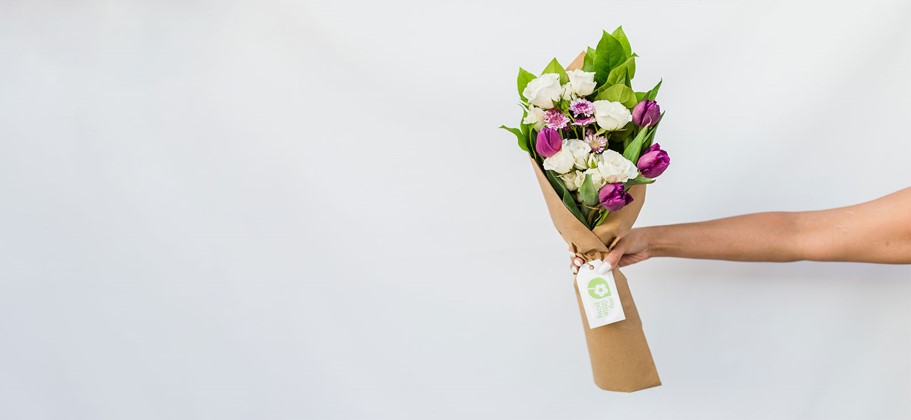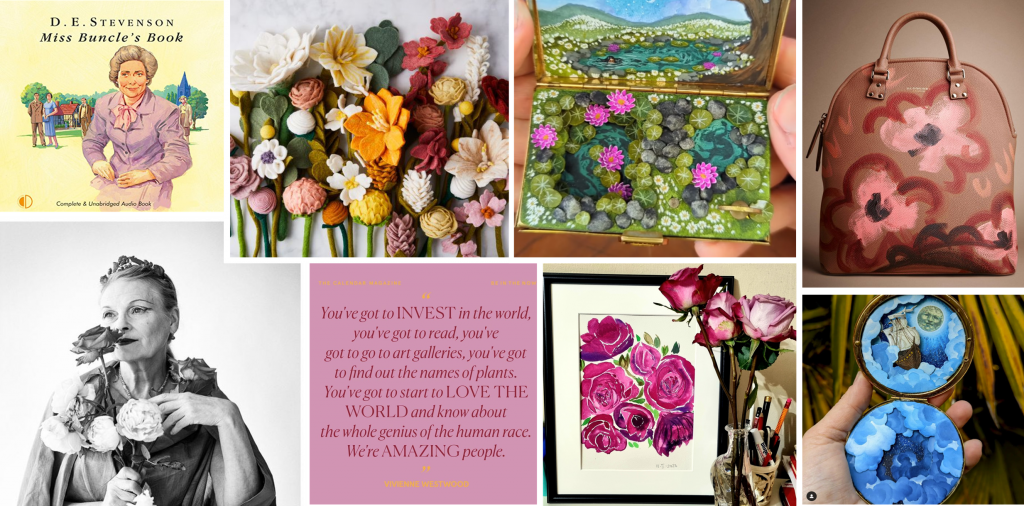The Gilded Age (2022)

Will I ever again want to watch any of the recent cult movies or series that seem to come out every other week? I am sure I would really enjoy at least some of these, but I just can’t seem to muster the will to start any, as interesting as they sound.
Meanwhile, I am almost desperately seeking more classic or contemporary period productions, to transport me in time. Most recently, to The Gilded Age, through the storytelling of Mr Julian Fellowes himself (also the mastermind behind Downton Abbey). I’ve had it on my list since it came out at the beginning of the year and even though I am late to this marvellous party (as always), at least I won’t have so long to wait for new episodes now.

While the plots are fairly simple and predictable, some also inspired by well-known historical happenings I have previously read about for example in Renee Rosen’s The Social Graces, I still very much enjoyed the time spent watching this aesthetically pleasing and comforting production.

Bonus find is a reminder in fact about the brilliant If Jewels Could Talk podcast, by Carol Woolton. Her recent episode featuring Julian Fellowes was a delight and the perfect prompt to finally enjoy The Gilded Age. I’ve also enjoyed Peter Carl Faberge, The Royal Jeweller episode, which was very insightful, at least for a non-connaiseusse like me.
Enjoy!

Snobs, by Julian Fellowes

As it happens, after writing the above entry about The Gilded Age I remembered that a couple of months ago I also listened to my first book by Mr Fellowes. For some reason I chose Snobs, even though he has quite a few better-known titles.
I enjoyed the audiobook during my daily commute to Wimbledon during the Championships, and it served as welcome entertainment in the background, while I was quite tired and preoccupied for something heavier. I was pleasantly surprised by the happy ending of this Cinderella-gone-wild story, in this era of the overly realistic negative outcome and especially after reading Warton’s The Customs of the Country just before.
I will likely reach out for another of his titles when I will once again be craving his distinctive type of period drama, told with a lot of humour and sarcasm.

Dame Edith Sitwell Interview

We’re staying well grounded in the past, where I choose to spend a lot of my leisure hours, with a brilliant interview of a unique character – Dame Edith Sitwell. I will admit I didn’t know anything about this magnificent lady until I saw this article on Messy Nessy about the house of a 1920s Lady Gaga. She is a British poet and biographer, but I have yet to explore her oeuvre.

While it might be a while until I cultivate my taste for poetry and come to enjoy her work, when it comes to her persona, she instantly struck me as infinitely inspiring, unabashedly eccentric, and exquisite.
“Eccentricity exists particularly in the English, and partly, I think, because of that peculiar and satisfactory knowledge of infallibility that is the hallmark and birthright of the British nation.“ ― Dame Edith Sitwell of Renishaw Hall

Her quote above about eccentricity in the English perfectly summarizes the peculiar impenetrable snobbishness of these people which I have come to love through their past. They are undeterred to pursue trivial passions or interests to the point of transforming these into art or legitimate areas of study, creating culture and civilization through their everyday life.
Bonus exquisite find is the photo shoot created by Tim Walker and featuring Tilda Swindon (a cousin of Dame Edith Sitwell), a homage to her, shot at her childhood home, Renishaw Hall.


Artvee – Open Access Art Library

Source: Dream Book (1901). Alice Pike Barney (American, 1857–1931)
I appreciate any fuss-free, accessible way of consuming art, learning more about artists and adding pieces to the big art history puzzle in my mind. I have written before about two brilliant examples of exactly this, which I still visit pretty much daily – Artle and Daily Paintings.

Source: Woman in Landscape Holding Red Book (circa 1835). Jacob Maente (American, 1763-1863)
Introducing Artvee, a platform which sorts through and aggregates the best images from the digital galleries of over fifty museums and galleries around the world, from the Met to the Rijksmuseum or the National Gallery of Art. These are works that come under an open access policy, put into the public domain with a creative commons license, available for use for any purpose, no restrictions attached,
I love the option of searching for a key word, like ‘book’ or ‘cat’, and browsing to discover new beautiful artworks on favourite themes. Peruse at you leisure, I can’t see many better ways to unwind.

Electragram

Electragram is a stylish and sophisticated digital correspondence platform, inspired by the look of the classic telegram, with the ability to create one’s own online signature stationery in a range of colors, icons, illustrations and more – and deliver it via email, text, social media or any messaging app.

They say, and I tend to agree, this must be a similar, albeit modern way of inspiring the same delight as sending or receiving a hand-written note on beautiful stationary. I have the distinct feeling of wishing in the past for something like this to exist, and I am pretty sure I will make very good use of this website in the future for thank you notes, birthday wishes and more.
Who will you send your first electragram to?

Vintage Terrariums

I am pretty sure it was in the A Thing or Two newsletter that I saw the H Potter terrariums some time ago, and I went straight from – not sure I have really seen anything like this before – to I need these in my life and in my home, of course I do!

I did a little research to see what else is out there, but I must say these truly are exquisite and it’s hard to find other similarly beautiful ones unless you are up for some digging on Etsy or you stumble upon a real vintage one. The latter though will likely cost its weight in gold.

Join me in coveting these! Also, think what an amazing gift these would make to a green fingered loved one. Wow, my mom would be in tears.
Bonus find, for a smaller investment but similar wow-effect, I bring you these wooden gothic tube propagation stations or flower stands. The craftsmanship looks beautiful.

You’re welcome!

Posy, Nosegay, Tussie-Mussie

The other day I stumbled upon the word posy in one of my son’s books and I wanted to find out what type of flower a posy is, as in the painting shown (Her First Evening Out – by Pierre-Auguste Renoir) it looked like my favourite flower – the viola odorata.

This is how I learned that a posy, or a nosegay or even a tussie-mussie is in fact a small flower bouquet, typically given as a gift, which has existed in some form since at least medieval times, when they were carried or worn around the head or bodice. The term nosegay arose in fifteenth-century Middle English as a combination of nose and gay (the latter then meaning “ornament”). A nosegay is, thus, an ornament that appeals to the nose.
I absolutely loved discovering also the term nosegay and learning about the aesthetic, symbolic as well as functional qualities of a posy, used to decorate, to pass on a message through the language of flowers, but also to mask unpleasant odours in times when this was most needed.

And now I leave you with this posy to thank you for reading this letter whenever I manage to sit down to write and send it out.
Bon weekend!

If this letter has offered you a moment of inspiration, kindly forward it to others who might enjoy it too. And if you have been forwarded it, indulge in all previous Miss Onion’s Exquisite Finds and subscribe to the weekly letter.
Follow Miss Onion’s Exquisite Finds on Instagram and Pinterest.
Merci!








1 thought on “Miss Onion’s Exquisite Finds – No 95”